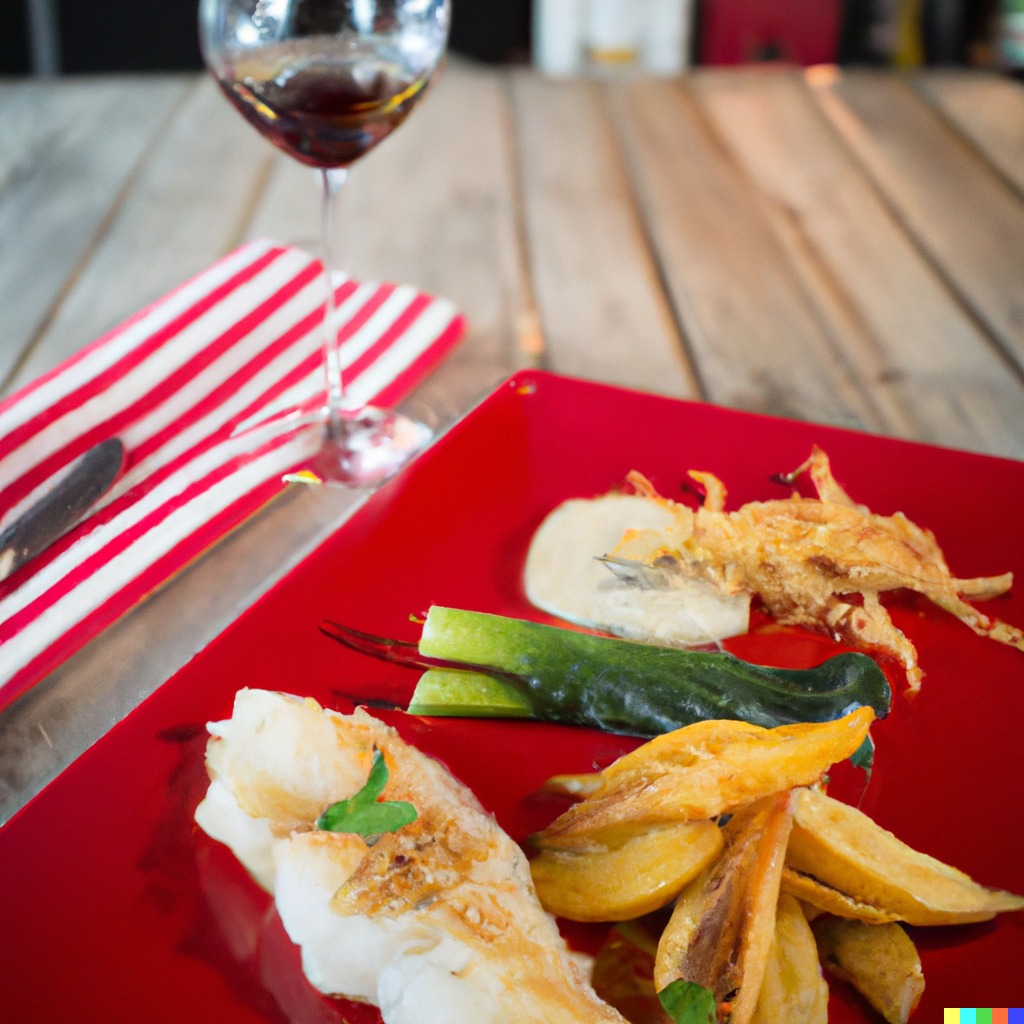The Perfect Guide to Monkfish Cuisine for Beginners

Guide to Monkfish Cuisine for Beginners
Monkfish is often described as the "lobster of the sea," thanks to its firm texture and sweet flavor. While it might seem intimidating at first, monkfish is one of the easiest and most versatile seafood options for beginner cooks. Its mild taste makes it a perfect canvas for various seasonings, sauces, and cooking techniques.
This guide will walk you through the basics of selecting, preparing, and cooking monkfish, along with simple recipes and expert tips to ensure your dishes impress every time.
What Makes Monkfish Unique?
1. The Lobster-Like Flavor
Monkfish boasts a sweet and mild flavor, similar to lobster, making it an affordable yet luxurious choice for seafood lovers.
2. Versatility in Cooking
From pan-searing to grilling, baking, or poaching, monkfish adapts to almost any cooking method, offering endless culinary possibilities.
3. Nutritional Benefits
Rich in lean protein, omega-3 fatty acids, and essential nutrients like vitamin B12 and selenium, monkfish is a healthy addition to your diet.
How to Choose the Best Monkfish
1. Appearance and Texture
- Look for firm fillets with a pale pink or off-white color.
- Avoid fish with a slimy surface or strong fishy odor.
2. Source from Reputable Suppliers
To ensure the best quality, purchase from trusted sources like Global Seafoods, where freshness and sustainability are guaranteed.
3. Sustainability Matters
Monkfish is often sustainably sourced. Look for certifications to ensure you’re supporting responsible fishing practices.
Preparing Monkfish: Tips for Beginners
1. Removing the Membrane
Monkfish fillets often come with a thin membrane. Removing it before cooking ensures a tender, even texture. Use a sharp knife to peel it away carefully.
2. Marinating Monkfish
Enhance the flavor of your monkfish by marinating it for 30 minutes in a blend of olive oil, garlic, lemon juice, and your favorite herbs.
3. Cooking Temperature
Cook monkfish to an internal temperature of 145°F. Its flesh should be opaque and flake easily with a fork.
Easy Monkfish Recipes for Beginners
1. Pan-Seared Monkfish with Garlic Butter
Ingredients:
- 2 lbs monkfish fillets
- 3 tbsp butter
- 2 cloves garlic, minced
- Juice of 1 lemon
Instructions:
- Heat butter in a skillet over medium heat. Add garlic and sauté for 1–2 minutes.
- Season monkfish fillets with salt and pepper.
- Sear each side for 4–5 minutes until golden brown.
- Drizzle with lemon juice and serve with steamed vegetables.
Pair this dish with Pacific Cod Fillets for a seafood feast.
2. Baked Monkfish with Mediterranean Vegetables
Ingredients:
- 1 lb monkfish fillets
- 1 cup cherry tomatoes
- ½ cup Kalamata olives
- 1 zucchini, sliced
Instructions:
- Preheat the oven to 375°F.
- Place monkfish and vegetables on a baking sheet. Drizzle with olive oil and season with oregano, salt, and pepper.
- Bake for 20–25 minutes.
- Garnish with fresh parsley and serve with couscous or rice.
Add depth to the meal with Lingcod Fillets.
3. Monkfish Coconut Curry
Ingredients:
- 1 lb monkfish, cubed
- 1 can coconut milk
- 1 tbsp curry paste
- Fresh cilantro for garnish
Instructions:
- Heat curry paste in a saucepan. Add coconut milk and monkfish.
- Simmer for 15–20 minutes until the fish is tender.
- Serve over steamed jasmine rice and garnish with cilantro.
Perfect Pairings for Monkfish Dishes
1. Side Dishes
| Side Dish | Why It Works |
|---|---|
| Garlic Mashed Potatoes | Complements the mild sweetness of monkfish. |
| Roasted Vegetables | Adds texture and a smoky flavor to the plate. |
| Quinoa or Rice Pilaf | Balances the richness of sauces or curries. |
2. Sauces and Seasonings
- Lemon Caper Sauce: Brightens the dish with zesty notes.
- Garlic Herb Butter: A classic, rich pairing.
- Tomato and Basil Sauce: Perfect for Mediterranean-inspired recipes.
FAQs About Monkfish Cuisine
1. Can I freeze monkfish?
Yes! Wrap tightly in plastic wrap and store in the freezer for up to three months.
2. How do I avoid overcooking monkfish?
Cook until the flesh turns opaque and flakes easily. Overcooking can make it rubbery.
3. What wines pair well with monkfish?
Crisp white wines like Sauvignon Blanc or a light Pinot Grigio are excellent choices.
Where to Buy Fresh Monkfish and More Seafood
For premium seafood options, visit Global Seafoods. Explore:
Conclusion
Monkfish is an incredible seafood option that’s perfect for both beginners and experienced cooks. With its mild flavor, firm texture, and versatility, monkfish can elevate any meal. Armed with these beginner-friendly tips, recipes, and pairings, you’re ready to create delicious monkfish dishes that will impress every time.
For high-quality monkfish and other seafood, visit Global Seafoods.
Also in Recipes

How to Cook Live Manila Clams at Home: Fresh, Sweet & Delivered Overnight
Discover how to store, clean, and cook Live Manila Clams at home using simple chef techniques. Learn why these Pacific clams are perfect for pasta vongole, steaming, chowders, and more—plus how to order them fresh in a convenient 10 lb bag shipped overnight.

Cooked Crab for Brunch: The Ultimate Guide to Morning Seafood
Discover the joy of Steamed crab for brunch! Learn how to prepare seafood in the morning, its health benefits, and recipes to make your brunch memorable.

